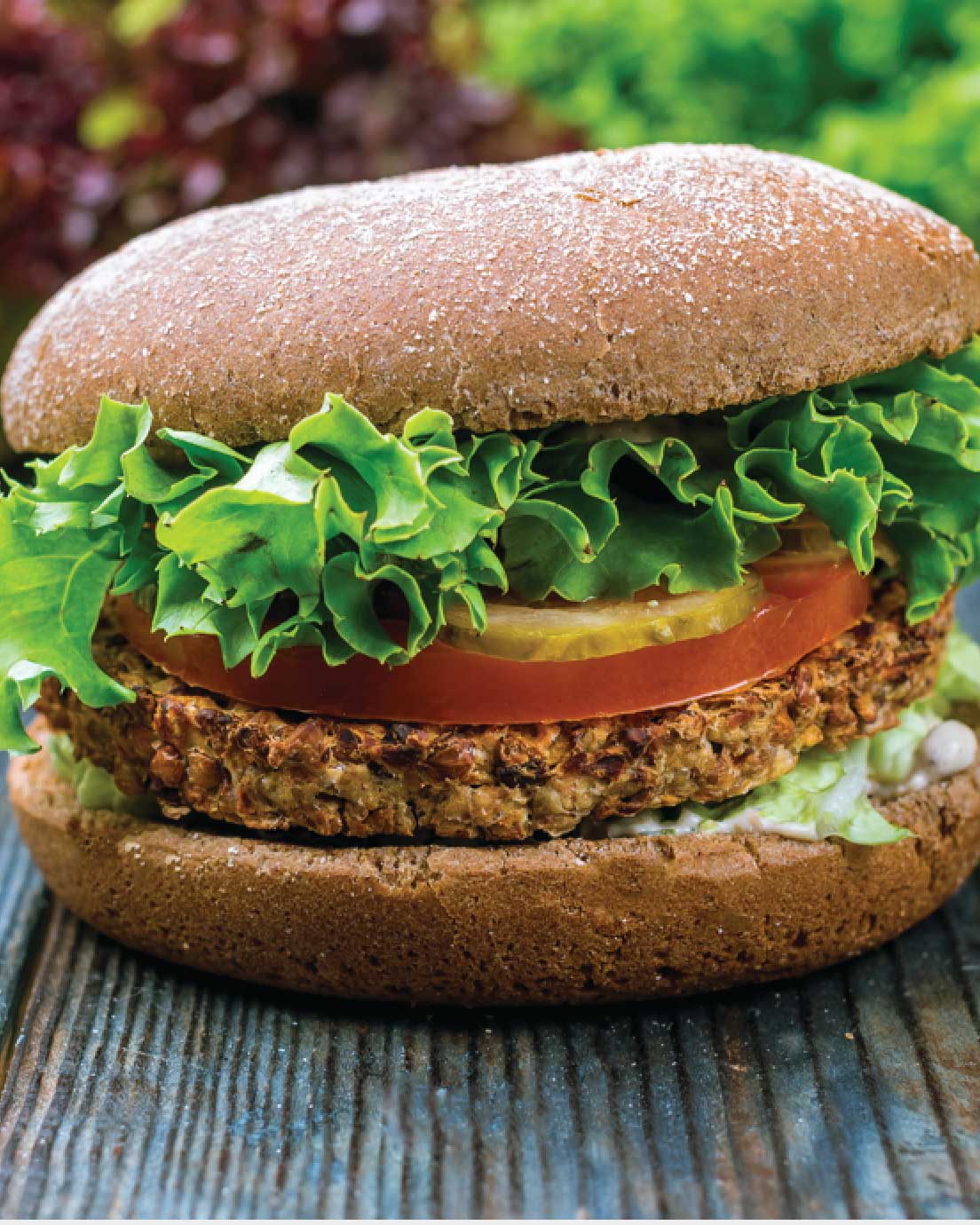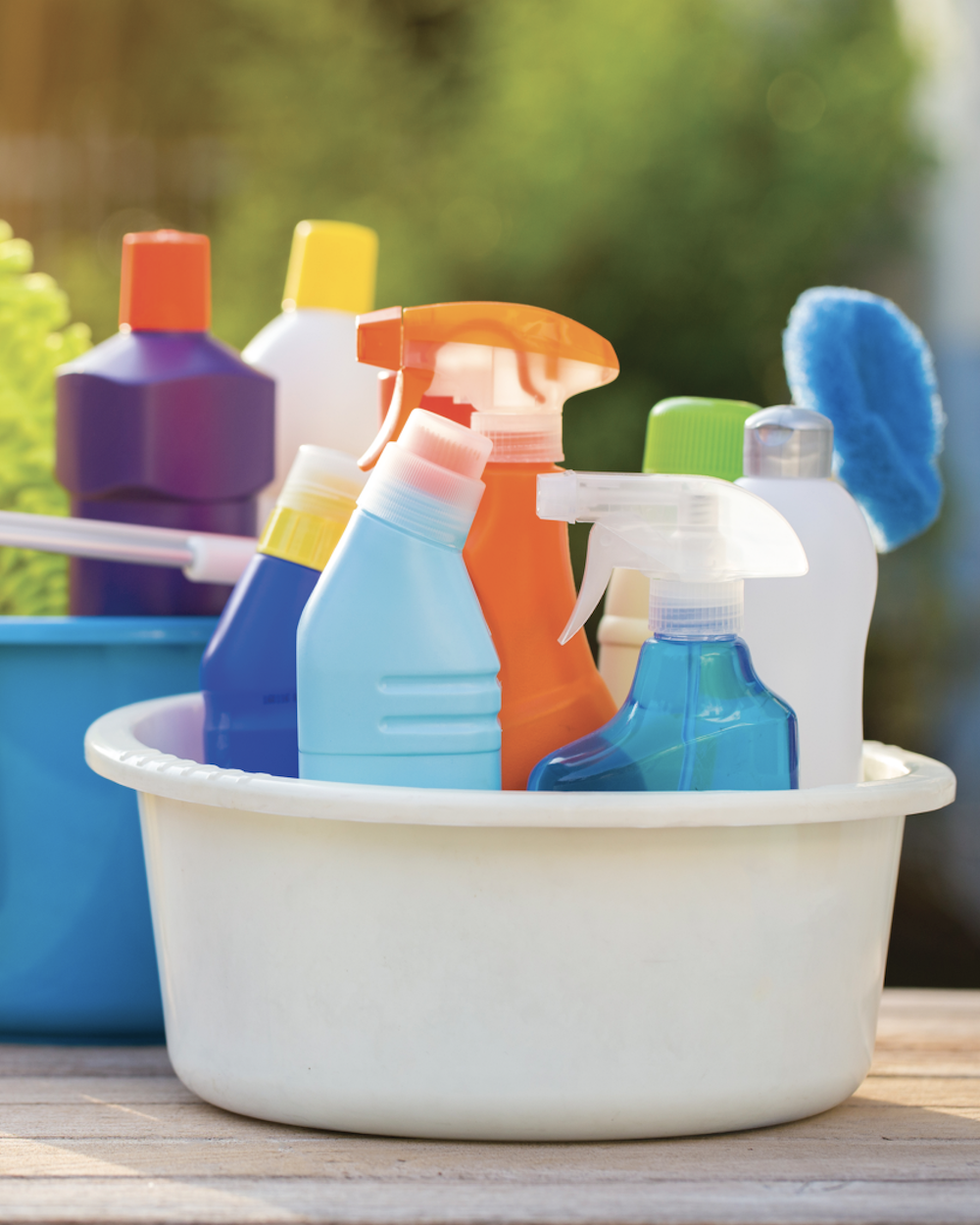Wellness
Wellness
May We Recommend

My Shopping List
+ Add to Shopping List
WELLNESS TOOLS
EATING BY COLOR
Blues
Orange
Green
White
Red
WHAT'S IN SEASON?
GLOSSARY
Hit The Hay!

Tips For Keeping Hay Fever At Bay
The season of spring is a special time of year. Houses are cleaned from top to bottom, barren trees and shrubs bloom with leaves and flowering buds, and dry lawns once again become carpets of tender green grass. We welcome the season with spring-cleaning, and celebrate it by spending time outdoors, enjoying the beauty of Mother Nature as the earth awakens from its winter slumber.
Unfortunately for many, spring is also the season for allergies, and more specifically, allergic rhinitis, also known as hay fever. An allergy is the body's abnormal reaction to an allergen, which can be any number of substances, ranging from certain foods and medicines, to dust, animal dander and mold, to environmental substances like grasses and pollens. Seasonal allergies are caused by allergens that are predominately present during a specific time of year. Allergies that occur in the spring season are often caused by pollen from the blooming flowers, trees and grasses that we so love to admire.
While hay fever is at its worst during "haying season," which occurs in the Northern Hemisphere from late May to the end of June, allergic rhinitis can occur throughout the year. Symptoms of a runny nose, itching eyes and sneezing can be experienced when the body comes in contact with allergens like pollens from flowering plants, dust particles or airborne chemicals. While hay fever involves an allergic reaction to pollen, the pollens that cause hay fever can vary from region to region and person to person.
Wind-pollinated plants, with their tiny, nearly invisible pollens, are the predominate cause. Plants often responsible for hay fever include:
• Grasses such as ryegrass and timothy • Weeds including fat-hen, nettle, plantain, ragweed and sorrel |
• Trees such as alder, birch, hazel, hornbeam, horse chestnut, linden/lime, olive, plane, poplar and willow. Springtime allergens can also come from the pollens of trees like ash, cypress, elm, hickory, maple, oak, sycamore and walnut. |
While it may be impossible to avoid allergic reactions completely, trying these tips may help reduce your symptoms this spring season.
Wash up! Before bed, taking a bath or shower can help remove pollen and other allergens from your skin and hair. Regularly washing your face and hands throughout the day will also remove pollen, so it's less likely to enter your nose.
Cool down. Use the air-conditioner in your house and car whenever possible, instead of opening the windows.
Take cover. Try and stay inside during the morning and evening hours when outdoor pollen levels are highest, and if you must be outside, wearing a facemask designed to filter out pollen can help. Wearing sunglasses can also reduce the amount of pollen that enters your eyes.
Spring [And Summer, Fall & Winter] Cleaning! Dust contains many allergens that can cause problems throughout the year, not just during the spring season. Dust mites are tiny creatures found in carpeting, mattresses, bedding and upholstered furniture. To help reduce these allergens, thorough cleaning of these household items should not be saved for the springtime!
When it comes to seasonal allergies, prevention is key. By avoiding exposure to pollen, you can decrease your symptoms, making spring a season of celebration - not of suffering!
Similar Articles:
Fantastic Baking Ideas for the Holidays

Simple Recipes for Fantastic Meals

